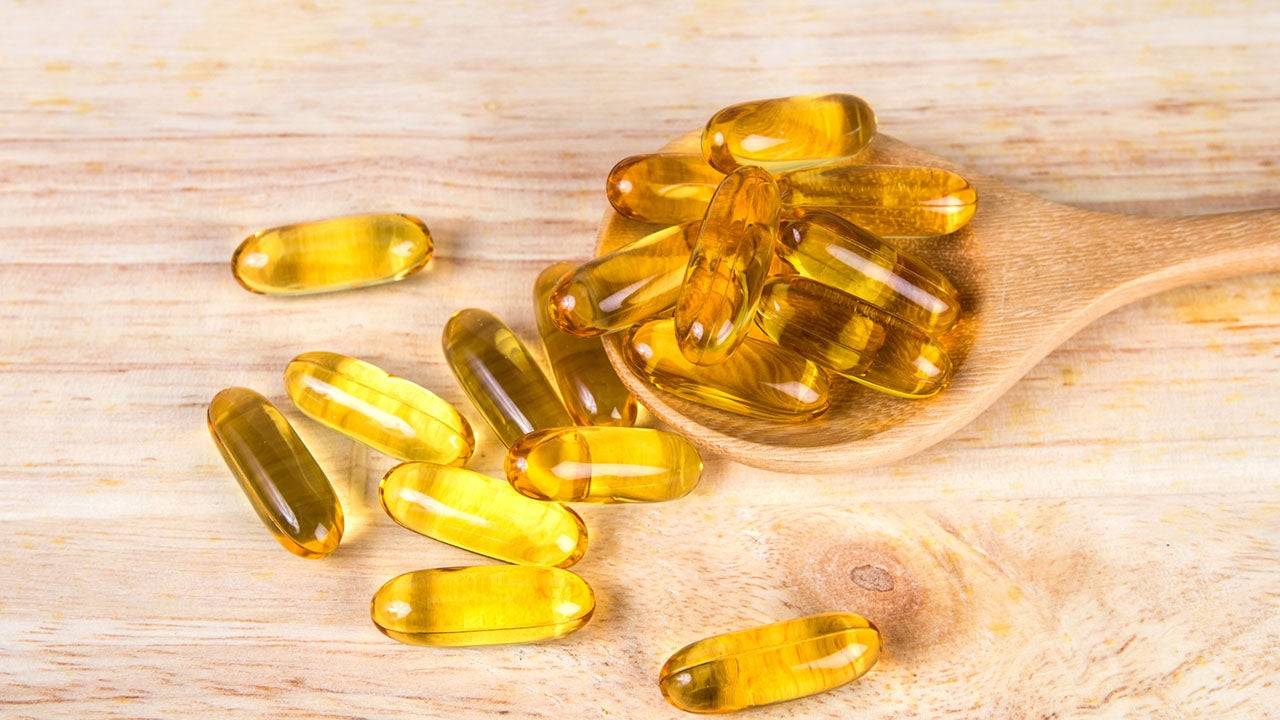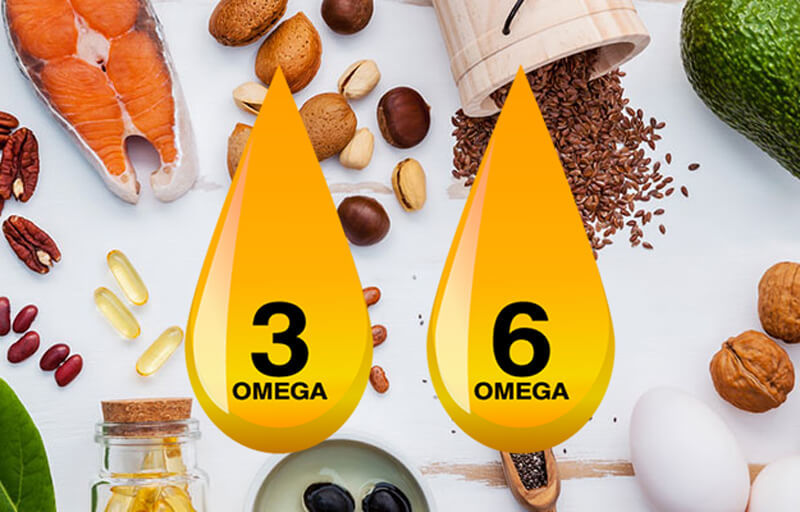Clinical studies have recently established that the ratio of Omega-6 and Omega-3 (especially Linoleic and alpha-linoic) fatty acids also plays an important role. However, these data require confirmation, since subsequent tests did not establish such a correlation.
Omega-3 and Omega-6 compete for the same enzymes, so the ratio of these fatty acids will affect the ratio of eicosanoids (their metabolic followers – hormones, mediators and cytokines) such as prostaglandins, leukotrienes, thromboxanes, which means that there will be a significant impact on the entire body.
Omega-6 metabolites can significantly increase inflammatory reactions (especially Arachidonic acid), unlike Omega-3. It follows from this that in order to maintain the balance of biologically active substances Omega-3 and Omega-6 should be consumed in certain proportions. Recommended ratios range from 1:1 to 4:1 Omega-6:Omega-3. As it was calculated, such proportions are evolutionarily the most adequate. According to the methodological recommendations of the Rospotrebnadzor of the Russian Federation, the optimal ratio of Omega-6 to Omega-3 fatty acids in the daily diet should be 5-10:1.
Nowadays, the meat of farmed animals contains large amounts of omega-6 and insignificant amounts of omega-3. Cultivated vegetables and fruits also contain smaller amounts of omega-3 than wild plants. In the last 100-150 years, the amount of omega-6 in the diet has also increased significantly due to the large consumption of vegetable oils, such as corn, sunflower, safflower, cotton and soy. The reason for this was the recommendations to replace saturated fats with vegetable oils to lower the level of cholesterol in the blood. The consumption of fish and marine products rich in omega-3 fats has significantly decreased. In the modern Western diet, the ratio of omega-6 to omega-3 is in the range of 10-30:1, instead of the necessary 1-4:1.
This fact explains why Omega-3 fats are given special attention.

Omega-3 and Omega-6 fats in food
The content of Omega-3 in seafood
A full-fledged source of omega-3 fats is seafood (excluding pharmaceuticals). In the above-mentioned omega-3 oils, fats are contained in the form of alpha-linolenic acid, and in fish and seafood in the form of eicosapentaenoic and decosahexaenoic fatty acids, which are just the most useful and active. Of course, alpha-linolenic acid can be converted into eicosapentaenoic and decosahexaenoic acids in the body, but this process is not very effective, especially in the elderly, diabetics, etc.
Unlike omega-3 fats, polyunsaturated omega-6 fatty acids are found in almost all vegetable oils. Also, omega-6 fats are found in small amounts in many other products, for example, in fresh vegetables, so we do not experience a lack of omega-6 fatty acids. Sunflower and corn oil do not contain omega-3 fats at all, but they contain too much omega-6.
Nuts and seeds are good sources of polyunsaturated fatty acids, but only omega-6 fats. If you look at the comparative tables of the content of omega fats in nuts, you will see that they contain omega-3 in small amounts.
Fish as a source of omega-3
In study, it was shown that eating fatty fish helps to reduce triglycerides and increase HDL or “good” cholesterol, thereby improving the functioning of the cardiovascular system[19]. However, it should be noted that almost all red fish is now grown on fish farms. For rapid weight gain, the water there is much warmer, and the feed is with the obligatory addition of grain products and a very small content of algae. Therefore, Omega 3 accumulates less. The fish remains fatty, but it is a different fat in composition, close in structure to the animal. If the red fish has a small head, but the body is large and the insides are wrapped in quite dense fat — this fish is grown on a farm. The wild red fish has a very large head and fat is distributed over the muscles. It is impossible to grow herring, capelin, sprat and mackerel in artificial conditions. They should be given preference.

